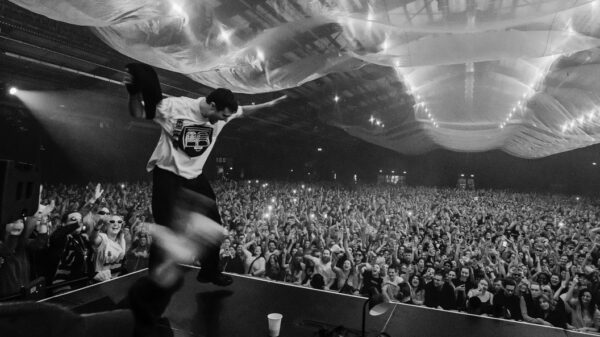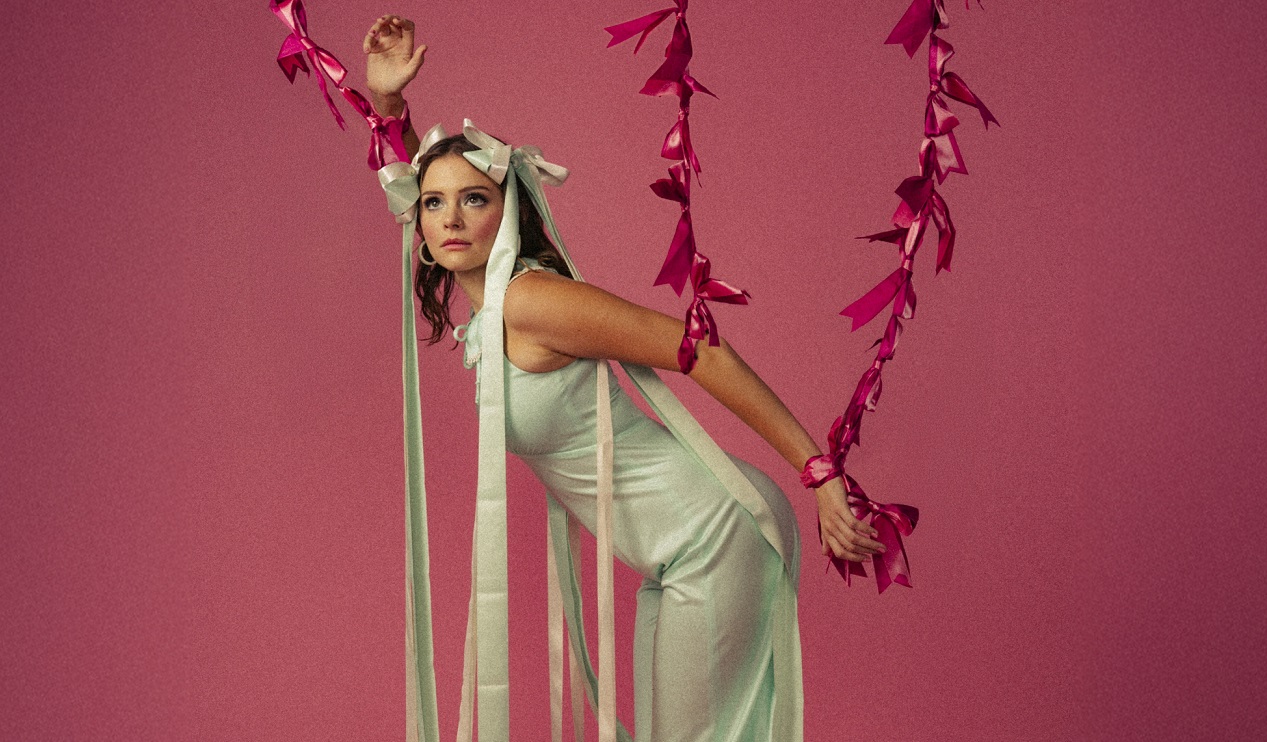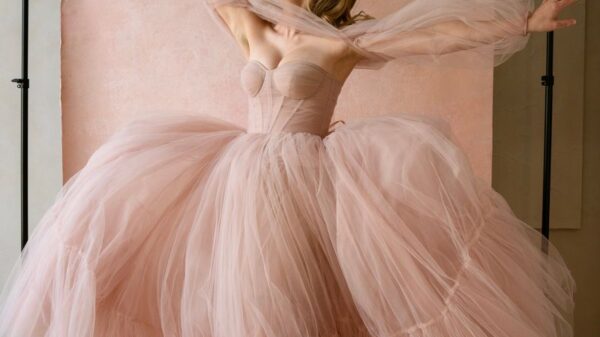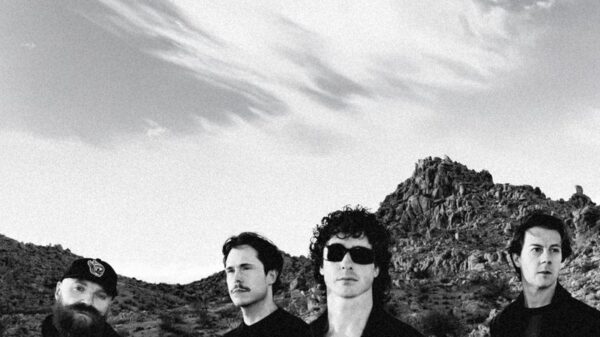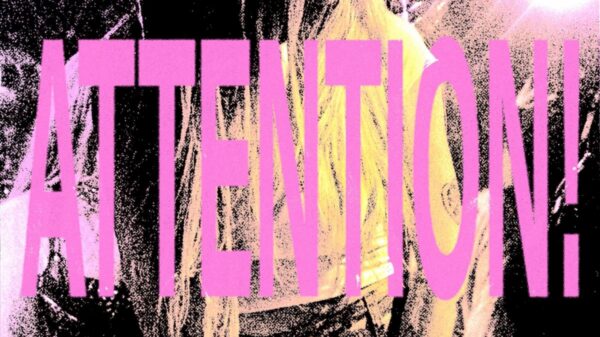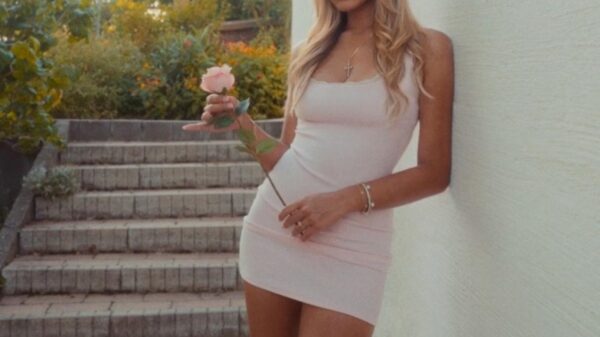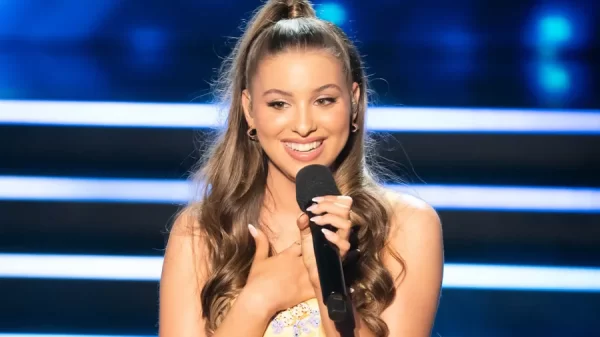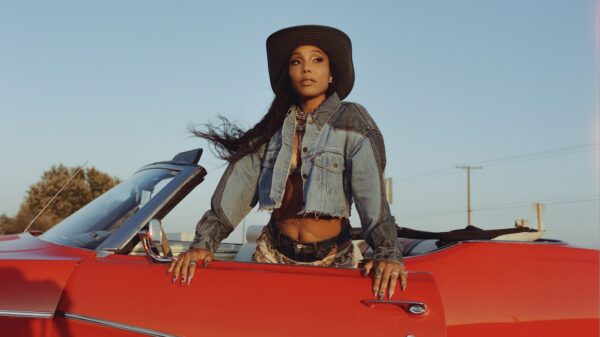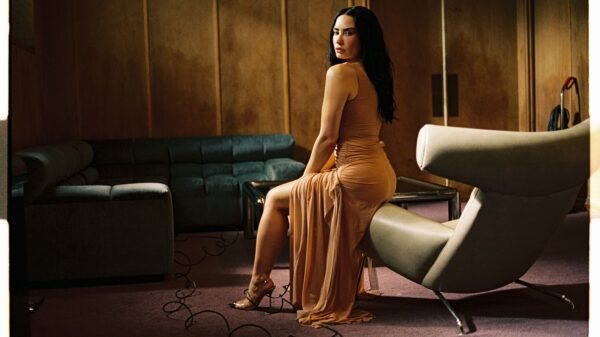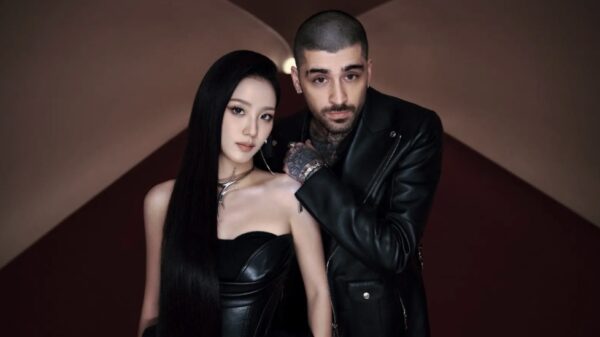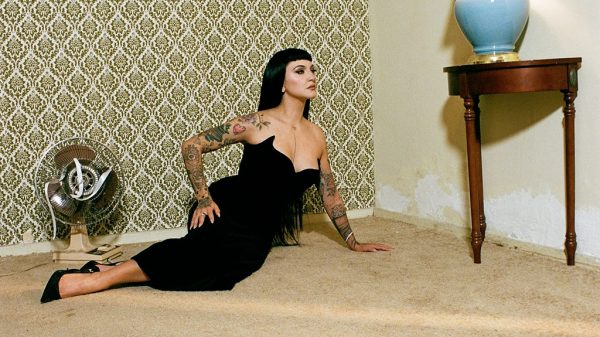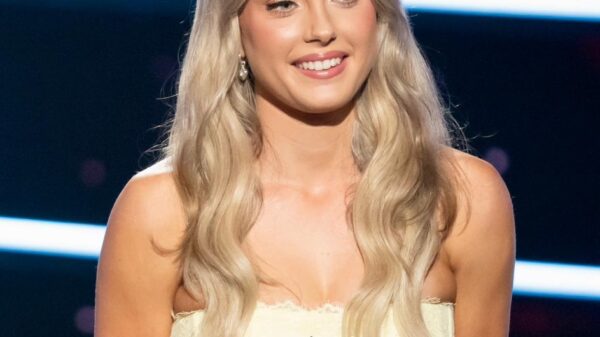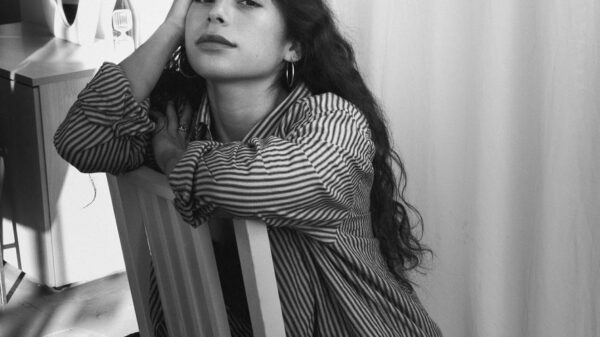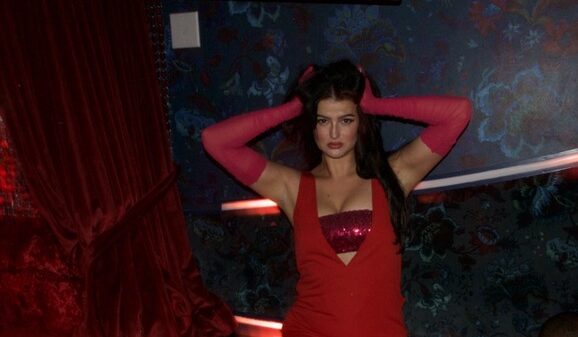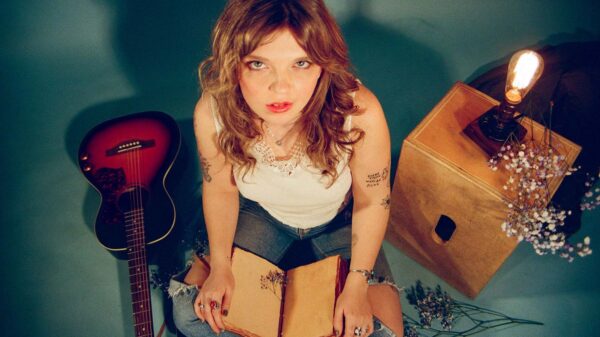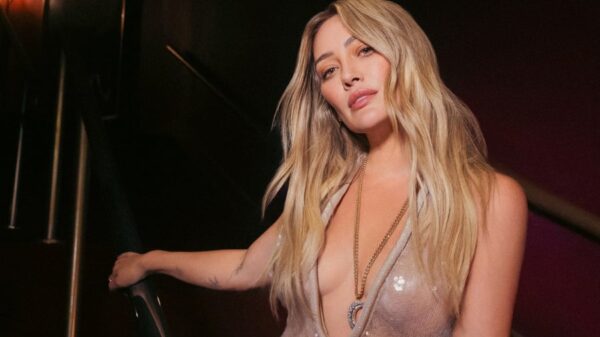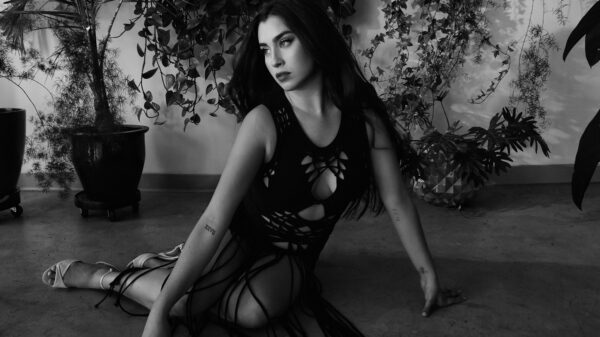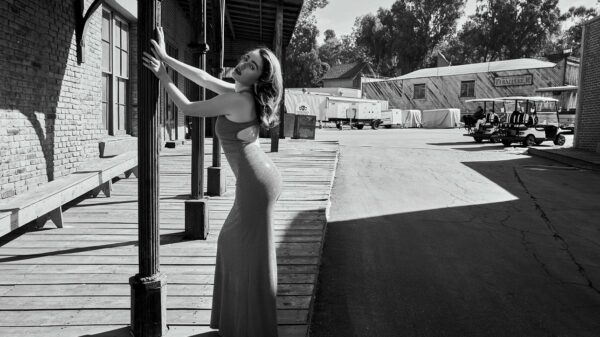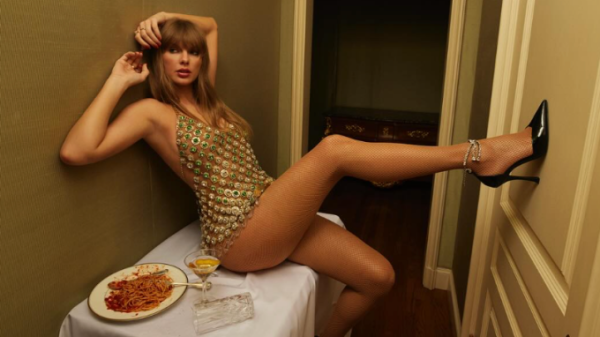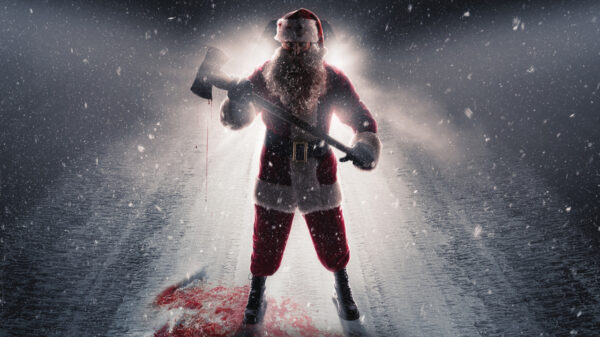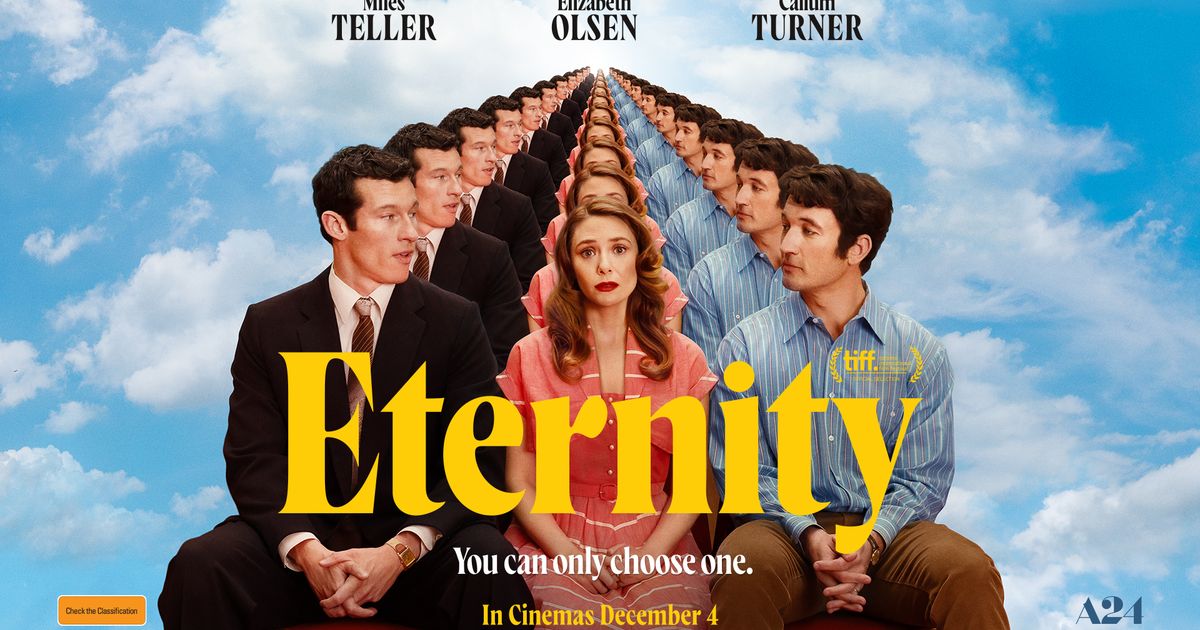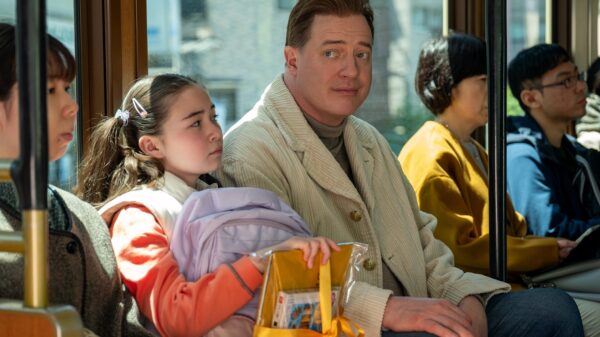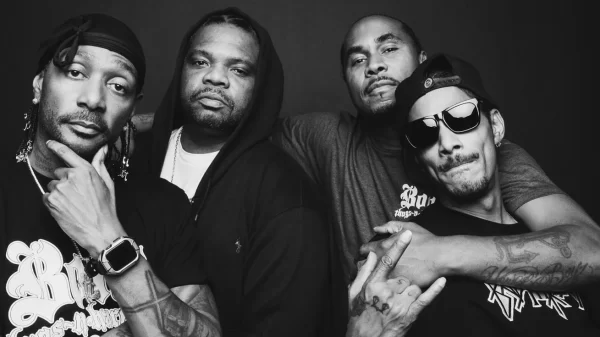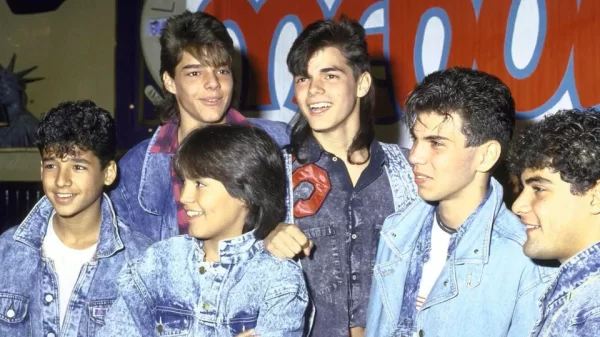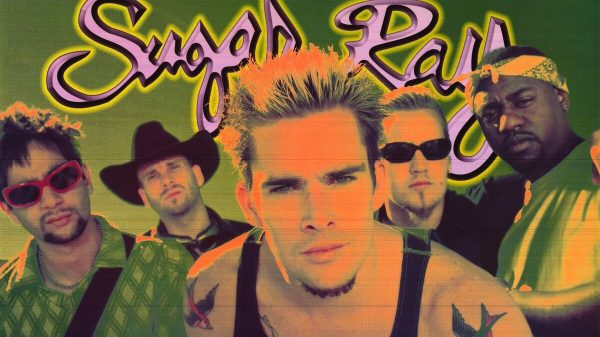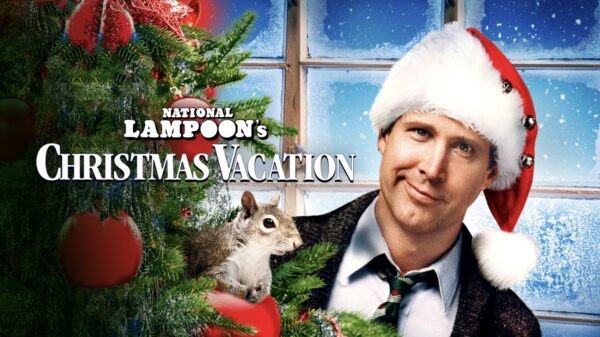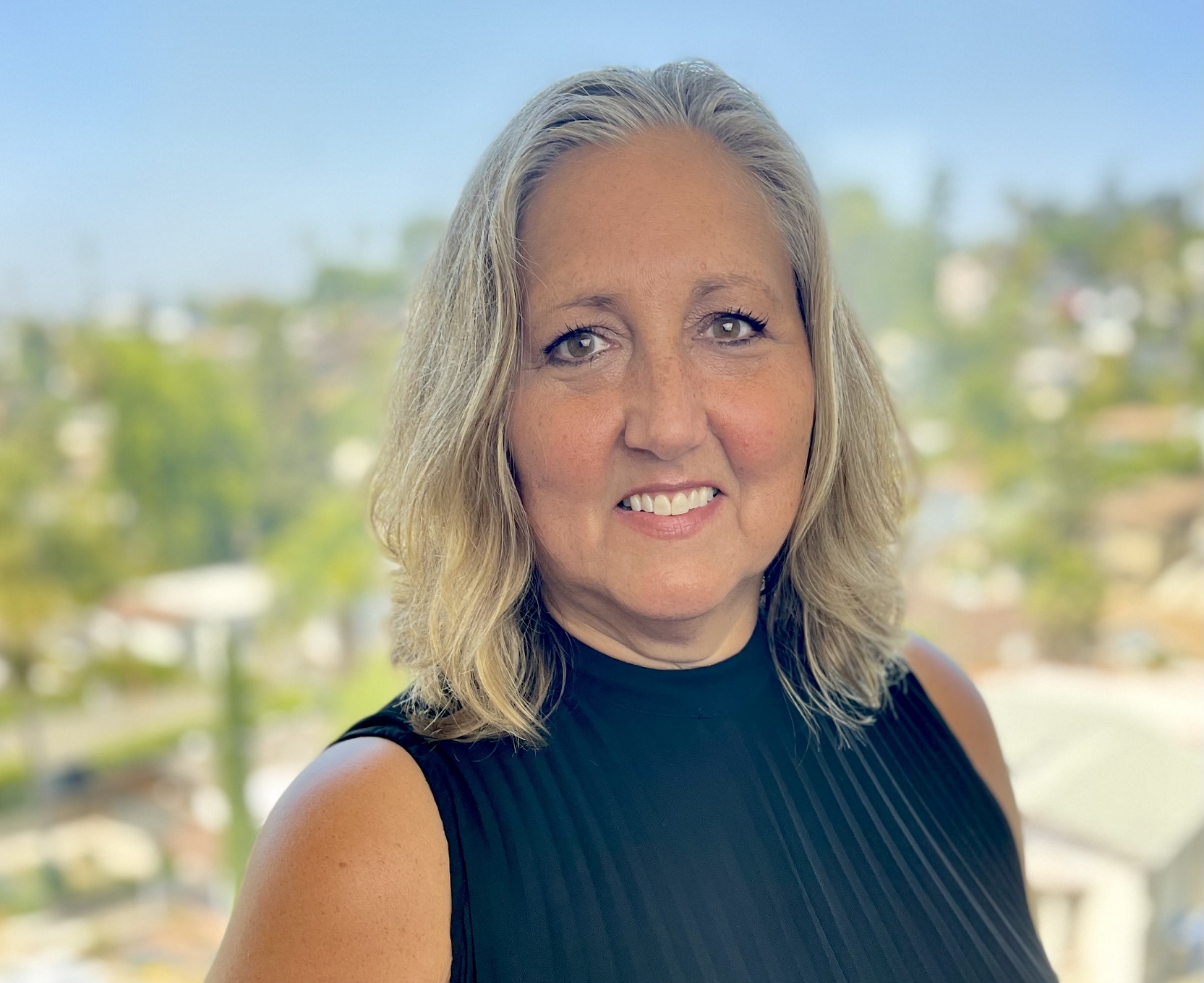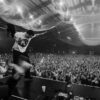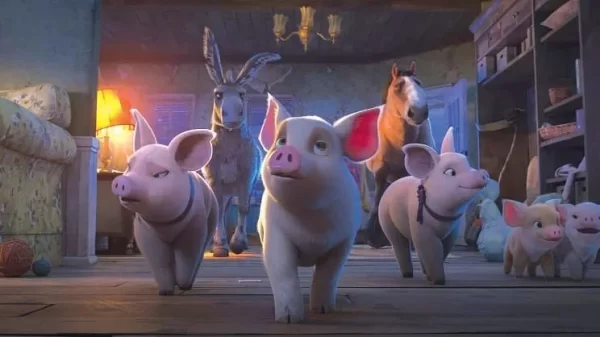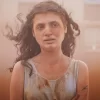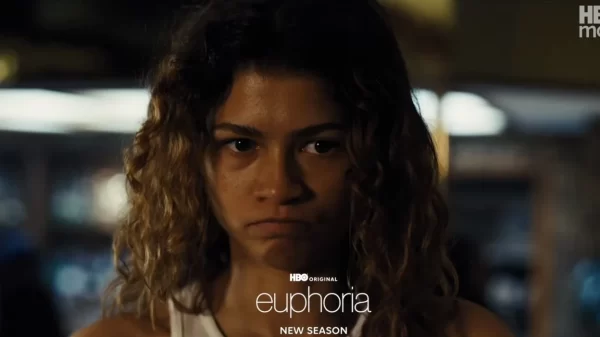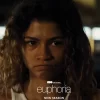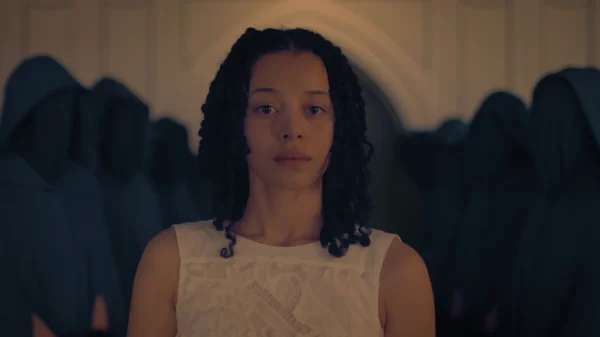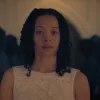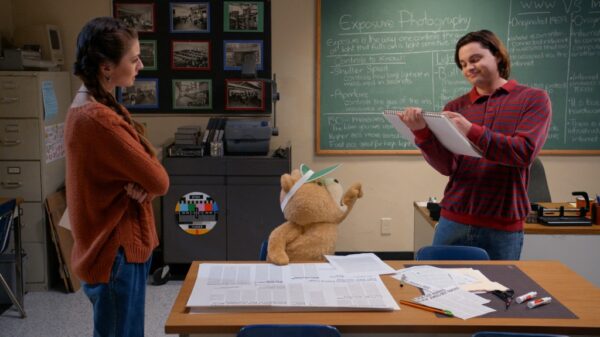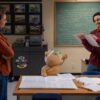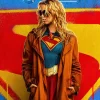A graduate of the NYC indie film movement of the mid-to-late 90s, Shelly’s experiences alongside directors like Todd Haynes and James L. Brooks soon led her to a prolific career in the Ryan Murphy-verse, cutting shows like American Horror Story and Pose.
Beyond the iconic trio of Martin Short, Steve Martin, and Selena Gomez, season 4 of Only Murders features heavy-hitters like Molly Shannon, Zach Galifianakis, Eugene Levy, and Eva Longoria. For good measure, Meryl Streep returns and Melissa McCarthy even joins in on the fun! With such a star-studded cast, it is all the more miraculous that Shelly and the rest of her editorial team managed to keep the show so grounded and heartfelt.
A former New Yorker who now calls LA home, Shelly offers the perfect perspective for this new season of the acclaimed comedy series, incorporating clever winks and homages to Hollywood classics into her work.
1. Hi Shelly, welcome to OLC! Firstly Congratulations on your Emmy nomination for Only Murders in the Building! What was your approach to cutting the season 4 premiere, “Once Upon a Time in the West,” especially with the episode’s shift from New York to Los Angeles?
Hi, thank you so much! Honestly, I just dove in deep and played around. I never know what it means until I see something strung together. Before principal photography, we had already sat in on concept, production, and tone meetings. They are extremely helpful in understanding what the showrunner, John Hoffman, is envisioning and how things are going to be shot. We also attended table reads – those are fantastic! The cast gathered on Zoom and read through the script. I started getting images in my head, hearing sounds and rhythms and getting a better feeling for the episode. Once I’d assembled a few scenes, I enlisted our fantastic composer, Sid Khosla. Together we experimented with instrumentation and musical themes. As far as the east vs. west coast shift, we knew Los Angeles was going to have a slightly different look – palm trees (of course), mountain views, Paramount Studios (how fun!). It also had a slightly different soundscape. We weren’t in LA very long before the trio returned to NYC, but the Hollywood spirit carried us through the season.
2. You’ve worked alongside directors like Todd Haynes and James L. Brooks in the indie film movement and later with Ryan Murphy. How have those experiences shaped your editing style on a show like Only Murders in the Building?
I’m eternally grateful for working alongside those talented artists. I lean into things that feel cinematic. I prefer a robust sound design. Being able to conquer horror, thriller, drama and comedy genres has given me immense confidence over the years! I pull from that breadth of experience and adapt to each unique script. Only Murders is definitely a wonderful genre combination.
3. Season 4 introduces a film adaptation of the characters’ podcast. How did you balance the meta, comedic elements of that storyline while keeping the heart of the show intact?
We love that we actually CAN pull off going from crazy and ridiculous to emotional within seconds. That’s our writer’s genius and of course the talents of our legendary actors. It always starts with the scripts, but I can also attest to the time we take as editors to experiment and finesse. Collaboration is key. My close relationship with our composer, Sid Khosla, is invaluable. At times I may want to musically go big, and his instinct may be the exact opposite. We listen to each other and find what works best for the scene. I’ll show early cuts to our extraordinary sound supervisor Mathew Waters, who always offers brilliant sound ideas to elevate jokes or punctuate emotion. Those solid creative relationships are invaluable.
4. With a cast that includes legends like Martin Short, Steve Martin, Meryl Streep, and Selena Gomez who we absolutely love here, how do you ensure that each performance shines without overshadowing the story’s flow?
HA, yes, so many legends. We have the freedom to play with pacing and performance. I take direction from those amazing actors, raptly watching dailies, studying timing and intentions, doing my best to honor performances, but also being faithful to the script. With this phenomenal cast, you can imagine our episodes run long, there are always scenes that must be trimmed. That’s so painful — everything is wonderfully rich, funny, and emotional. But in the end, we have to ensure our storytelling is clear and concise.
5. This season features several new faces like Molly Shannon, Zach Galifianakis, and Melissa McCarthy. How do you approach editing with such a diverse ensemble to maintain the show’s signature rhythm?
In the beginning, I think we were all somewhat intimidated. Well, I know I was! Fortunately, the show is run with such grace and kindness, the actors fall right into “the family.” As with our leads, I am watching dailies intently, looking for what makes me laugh, what connects me to their characters. Three seasons in, I trust that I have a decent handle on our storytelling.
6. As a former New Yorker now living in LA, did your personal experiences influence the way you edited the LA-based moments of this season?
I love everything about NYC, but I’m also crazy about LA. It was fun to “get out” of the city and take in different scenery. My assistant Diana Hiatt and I had a blast putting together the LA montage (as the trio drives to Sazz’s apartment.) We chose shots that represented what most people think of as “LA.” I had to include the Hollywood sign – that’s usually the first thing visitors want to see!
7. Season 4 pays homage to classic Hollywood films. Can you talk about how you incorporated those nods into the editing process and how they enhance the narrative?
We watched the original films for inspiration. Each episode’s homage was slightly different – some were more obvious, some were subtle. At times, some even offered clues. They were meant to be taken in the spirit of a love letter to Hollywood. Episode 1 had very specific story elements connecting the Once Upon a Time in the West flashes. Those story beats were scripted, but we also had a lot of freedom to come up with pacing, and how we used sound and music to connect those flashes. Episode 2 was a stylistic homage to Gates of Heaven with nods to how scenes were blocked and photographed in the stunning documentary. It was a wide range, but hopefully it offered something for everyone.
8. You’ve worked on a variety of shows, including American Horror Story and Pose. How does editing a comedic mystery series like Only Murders differ from your previous projects in tone and pacing?
Comedy has always been known for being difficult to edit. A joke may not land unless one, two frames are trimmed (or added.) Performance and timing are obviously key. It’s that precise, and there isn’t a formula. Each joke is different. With Only Murders, we’re continuously weaving comedy and mystery, often in the same breath. Because it’s not wholly one thing or another, it’s interesting and challenging and keeps us on our toes. Tonally this is the most comedic thing I’ve ever done and it’s definitely faster paced. We spend a lot more time with intricate edits to get the comedy just right. Sometimes you have to speed up comedy sequences to give room for emotional beats, and sometimes vice-versa. It’s always interesting.
9. With the success of Only Murders in the Building, how do you and your team continue to keep the editing fresh and surprising, especially with such high expectations from fans and critics?
High expectations indeed! We laugh a lot reading Reddit and Facebook comments which at times reveal things we didn’t even notice! It circles back to our extraordinary creator and showrunner John Hoffman, whose inspiration and creative support empowers us to do our best work. We lean on each other, we talk about everything, we’re open to collaboration. We’re always trying to think of new sounds, new music, whatever distinctions we can make to allow each season its own feel. It’s what makes the show great!
Email:neill@outloudculture.com
Socials: @neillfrazer

